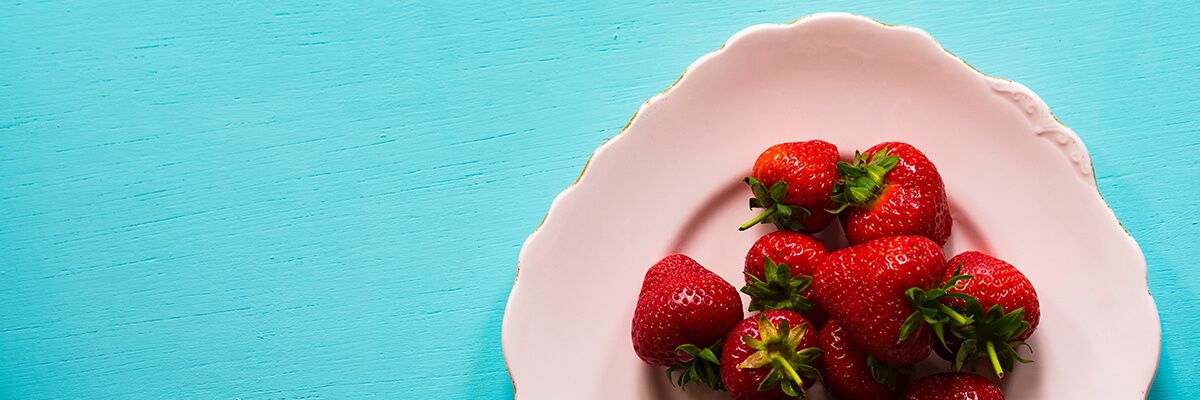The colors you choose for your website have an impact on how it looks and how it feels.
With a DIY website builder, like the one you’ll find with us at Websites 360®, anyone can build a beautiful, functional website. However, there are a lot of ins and outs to building a website that many business owners don’t even think about, and one of those is the psychology of color.
Color does more than just affect how a website looks; it affects how people feel when they visit your website and the decisions they’ll make. In fact, one study found that, by adjusting color (as well as changing other elements), you can increase conversion rates by up to 24%!

